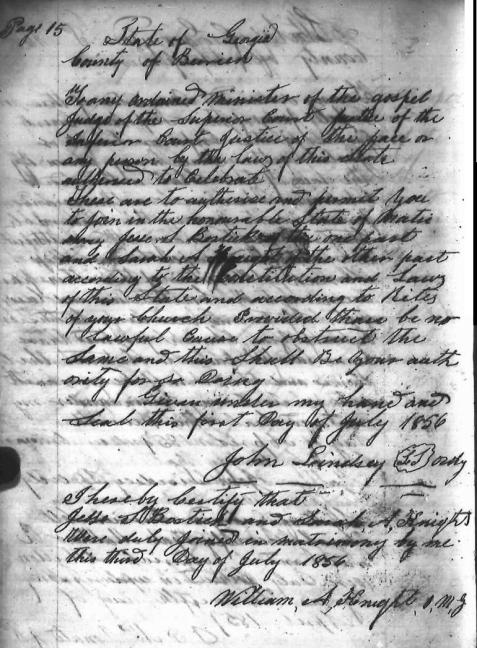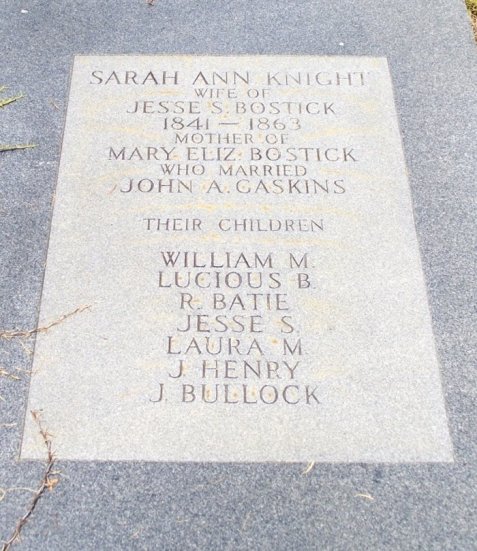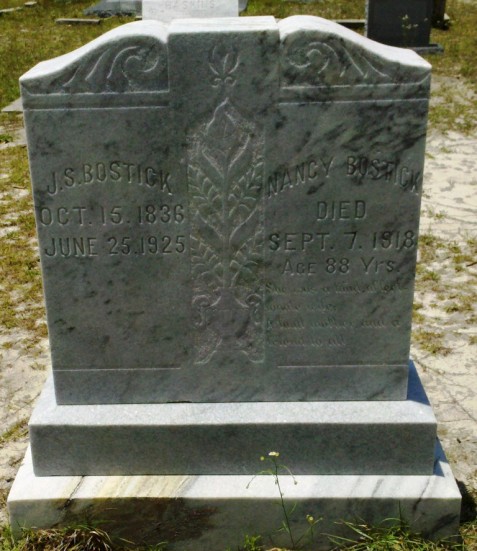John A. Gaskins (1854-1926)
John A. Gaskins, a son of Harmon Gaskins and Melissa Jones and grandson of Fisher Gaskins, was born September 8, 1854 in Old Lowndes, now Berrien County, GA.

John A. Gaskins, son of Harmon Gaskins, born 8 September 1854, died 22 June 1926. Image courtesy of http://www.berriencountyga.com
In 1905, when John A. Gaskins was a gentleman of 50 years, the Tifton Gazette noted as a human interest item that he had been thrown by his mule. He was treated by Dr. Pleasant H. Askew of Nashville, GA.
Tifton Gazette
April 28, 1905A mule threw John A. Gaskins Tuesday afternoon and broke his collar bone on the right side. He was out feeding hogs in the woods when his mule became frightened and threw him to the ground. Dr. Askew dressed his wounds and he is getting on as well as could be expected. -Herald.
The item was newsworthy in part because the Gaskins were prominent Wiregrass land owners and cattlemen. They were one of the early pioneer families of Berrien County. The patriarch, Fisher Gaskins, and his sons Harmon, William and John, had originally settled on the west side of the Alapaha River, near present day Bannockburn, GA., about 16 miles distance from today’s Ray City, GA location. Harmon Gaskins, and his brothers William and John, were among Captain Levi J. Knight’s Company of men who fought in the Indian Wars of 1836.
Just a year before John A. Gaskins’ mule bolted, in 1904, the papers noted that he had closed a big timber deal. The transaction was for 3,400 acres of timber to be cut at a sawmill on the Ocilla, Pinebloom & Valdosta railroad.
Tifton Gazette
February 19, 1904Gaskin Sells Timber.
Nashville, GA. Feb. 12. – Messrs. Barfield and Brewer, of Unadilla, Ga. have closed a deal with John A. Gaskin, by which they come in posession of 3,400 acres of timbered lands, buying the timber only. The price paid was $34,000.
The purchasers will erect a splendid mill two miles out on the O.P. & V. railroad at an early date.
About John A. Gaskins
John A. Gaskins grew up at his father’s homestead near Five Mile Creek, about six or seven miles northeast of present day Ray City, GA.. John’s mother died when he was about 10 years old, and his father remarried to Mary McCutchen Jones, widow of Matthew Jones.
In 1877, John A. Gaskins married Mary Elizabeth Bostick. She was born 1859, a daughter of Sarah Ann Knight and Jesse S. Bostick . When Mary was about three years old in 1862 her father enlisted in the Clinch Volunteers, which mustered in as Company G, Georgia 50th Infantry Regiment. His Regiment was involved in some of the bloodiest fighting of the Civil War at the Battle of South Mountain and at the Battle of Cedar Creek. He was taken prisoner and spent the rest of the war in the POW camp at Point Lookout, along with fellow POWs John T. Ray, Benjamin Harmon Crum, Benjamin T. Cook and Aaron Mattox. Just a year after Mary’s father marched off to the Civil War, her mother died of measles. When the War ended and her father returned home, he married Mrs. Nancy Corbitt Lastinger. She was the widow of James G. Lastinger, who served in the 29th Georgia Regiment (with the Berrien County Minute Men) and died in a Union hospital in 1864. Thus, Mary Elizabeth Bostick was raised by her step-mother Nancy Corbitt Bostick.
Children of John A. Gaskin and Mary Elizabeth Bostick are:
- William M Gaskins – born April 3, 1878; died August 26, 1905
- Lucious Butler Gaskins – born January 17, 1880 in Berrien, GA; married Lessie L. Parrish, February 21, 1904; died April 13, 1934
- Reason Batie Gaskins – born May 23, 1882 in Berrien County, Georgia; married Blanche P. Giddens; died December 24, 1912
- Jesse Swinson Gaskins – born 1884 in Georgia; married Florence Courson
- Laura M Gaskins – born June 15, 1887; died November 15, 1898
- James Henry Gaskins, – born February 18, 1890; married Hattie M. Roberson; died December 25, 1979
- John Bullock Gaskins – born July 9, 1892 at Weber, Berrien County, GA; served in WWI with US 1st Division; died December 3, 1954 at Miami, FL
Related Posts:





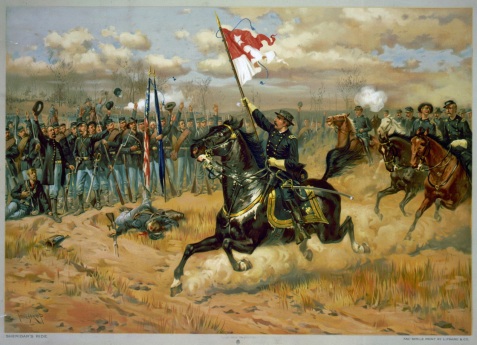
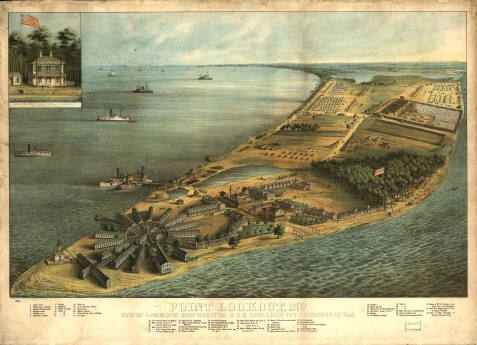
![Prisoners at Point Lookout, MD taking the oath of allegiance. A group of prisoners stand in a building, with the U.S. Flag draped across the ceiling, each with his hand on a Bible. A Union officer stands at a dias administering the oath of allegiance to the Union. Image courtesy of Civil War Treasures from the New-York Historical Society, [Digital ID, nhnycw/ae ae00007] http://memory.loc.gov/ammem/ndlpcoop/nhihtml/cwnyhshome.html](https://raycityhistory.files.wordpress.com/2011/05/oath-at-pt-lookout.jpg?w=477&h=345)
